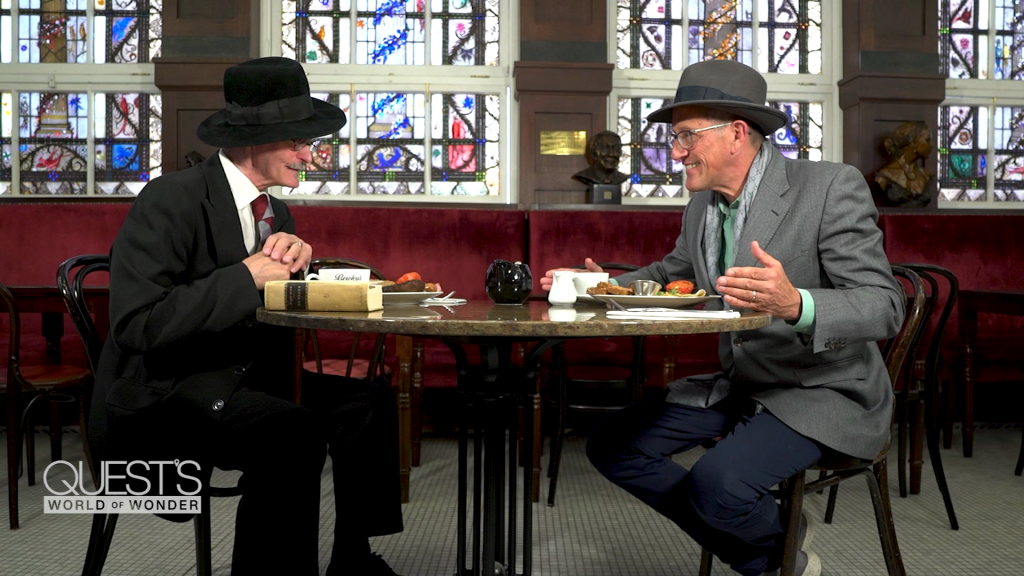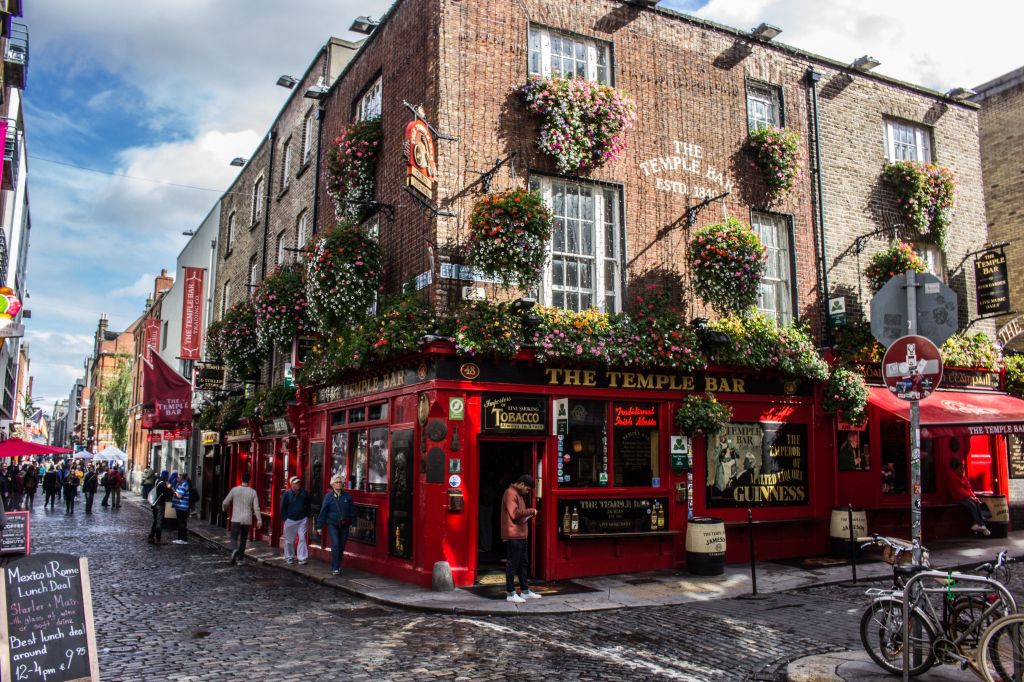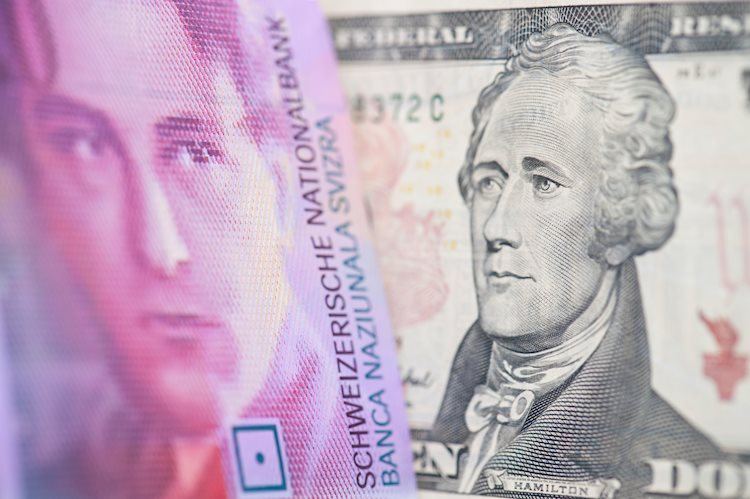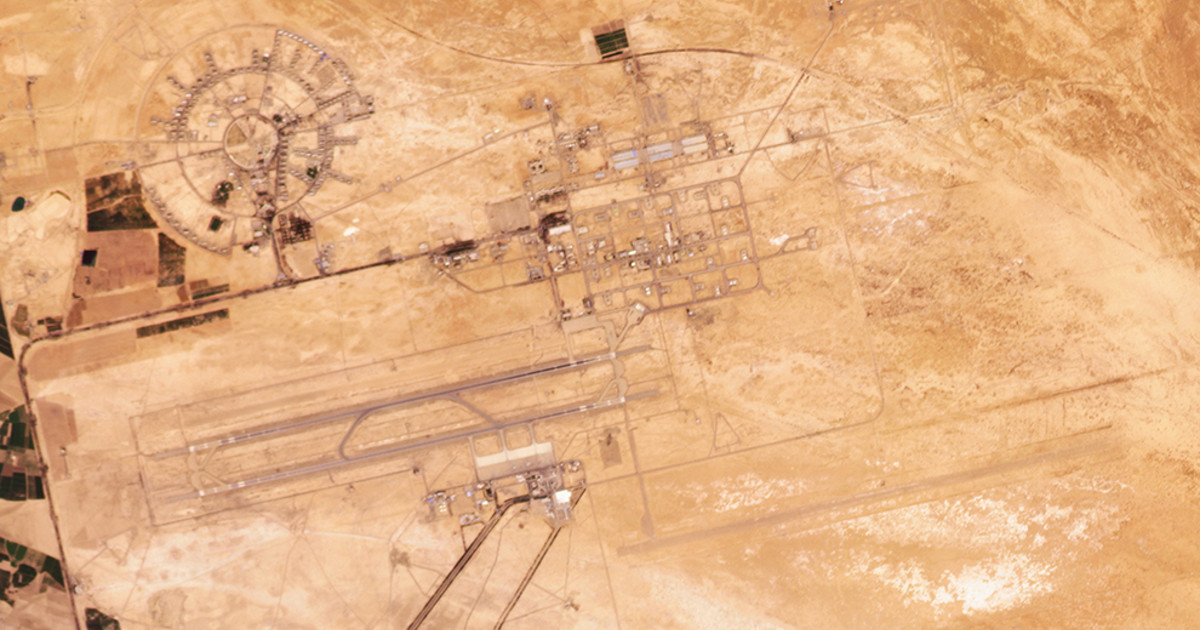With the global phenomenon that is the Saint Patrick’s Day and with Irish pubs to be found everywhere from Peru to Lanzarote, it can be easy to think you have a sense of the Ireland without visiting it, especially if you are one of the 70 million people worldwide who can claim Irish heritage.
However, to get a real feel for the modern energy of this tiny island nation, you need to visit it, and most people start their journey from the streets of Dublin .
It’s a compact, easy-to-walk capital with its skyline of skyscrapers and Georgian granite landmarks built to a human scale.
You can follow the River Liffey through the city center from the west from Phoenix Park and Kilmainham Gaol, past the Guinness Storehouse, St Patrick’s Cathedral and Dublin Castle to the newly rejuvenated docks to the east.
From Butt Bridge, you can see old and new: traditional Dublin, represented by the neoclassical Custom House, and the new finance towers and the many cranes, showing how the city has been growing.
the best of europe
One of the city’s newest attractions at Custom House Quay: the EPIC Museum of Irish Emigration, winner of Europe’s Leading Tourist Attraction by the World Travel Awards for the last three consecutive years.
Designed by the same award-winning team at Belfast’s Titanic Museum, it tells the stories of 10 million or more people who have left Ireland over the centuries, for reasons ranging from famine to economic necessity, from conflict to religious persecution.
They went to Britain, the United States, Australia and beyond, building railroads and cultivating frontier territory.
And they took their culture with them, ambassadors of storytelling in their new nations and created a new Irish mythology abroad. They and their descendants are the diaspora that museums like EPIC want to attract, and in 2013 an Irish tourism initiative, The Gathering, was dedicated to just that audience.
Tearful goodbyes and long-awaited returns have become part of national identity, the arrivals area at their airports dotted with billboards aimed at homesick expats hungry for Brennan bread and Tayto chips.
As then-President Mary Robinson put it in 1996, “this grand narrative of dispossession and belonging […] has become, with a certain historical irony, one of the treasures of our society. It has made the Irish an outward-looking, strongly pro-European people, and it is perhaps this legacy of hardship that makes it one of the most generous nations in the world when it comes to charitable giving.
Music and dance

The best known of Ireland’s cultural exports is, of course, the pub, but in pandemic-hit Ireland, many have been forced to close for good.
CNN visited The Cobblestone a north Dublin institution famous for its live traditional music that has just won a legal battle that will allow them to survive.
“Believe it or not, this being the capital of the country, there aren’t many places where you can really go and engage with this aspect of our culture here on a daily basis,” said Tomás Mulligan, whose father, Tom, took over the Smithfield pub for 30 years. ago and turned it into the live music venue it is today.
The revival of traditional Irish music became mainstream in the 1960s, emblematic of a new national pride in this still young nation, which this year celebrates 100 years of independence.
Tom Mulligan recently spoke on the Irish History Podcast about the global influences found in traditional Irish music and dance, from Africa, Spain, America and beyond. “Ireland borrowed, certainly being part of the British Empire and continental Europe, they borrowed back and forth,” he said.
From “Danny Boy” (written by an Englishman) to “The Fields of Athenry”, Ireland’s most famous folk songs are tales of exile and longing, while the now popular standard “She Moved Through the Fair” was a lost classic that it only became popular again in Ireland after being rediscovered in America.
Likewise, country music is so popular in Ireland that it has its own sub-genre: Country ‘n’ Irish. Riverdance was also an Irish-American global phenomenon born in Chicago.
The literary tradition
Modernity and transformation have changed a lot here, but they haven’t changed the parts of Dublin life that make this city what it is, and the institutions whose history it grew up and is still based on.
Trinity College, founded in 1592, is the oldest university in Ireland. The Brian Boru harp, the oldest in Ireland and the model of the country’s insignia, is kept in Trinity College’s spectacular Long Room library, which also houses the 9th century Gospel manuscript, “The Book of Kells”.

Ireland is proud of its storytelling traditions: it has had four Literary Nobel laureates – WB Yeats, GB Shaw, Samuel Beckett and Seamus Heaney – although all but one have come to the end of their lives in foreign lands.
Two of Ireland’s most celebrated writers, Oscar Wilde and James Joyce, were in their time outcasts and exiles, criticized for outrages against what was then considered public decency.
Anglo-Irish artist Francis Bacon, a pioneering giant of contemporary art, left Ireland for England in his teens: an openly gay man at a time when it was illegal on both islands, he would not have been easily accepted into his society. homeland for most of his life.
But like Wilde and Joyce, Bacon was accepted posthumously. The entire contents of his artist’s studio were acquired by the Hugh Lane gallery in Dublin, where it was reassembled exactly as it was when Bacon created his legendary works. It is one of the best kept secrets in the city and, best of all, admission is free.
swimming in the sea
Although Joyce spent much of her life in continental Europe, her greatest work, the modernist classic “Ulysses” – which also celebrates its 100th birthday this year – is a love letter to her hometown, an odyssey following one man, Leopold. Bloom, on a day trip around Dublin.
The novel’s opening scenes take place at the Martello Tower on the coast of suburban Sandycove, now a James Joyce museum and pilgrimage site for fans who celebrate Bloomsday on June 16 every year.
The area is a popular spot for beachgoers, with swimming in the sea becoming increasingly popular since the arrival of Covid.
Celebrities are even getting involved. Harry Styles was seen this week taking a dip in nearby Vico Baths, following in the footsteps of Matt Damon, who showed up there in 2020 after he and his family went through the Covid lockdown in the area.
CNN teamed up with local group The Ripple Effect for a morning swim at 40 Foot Promontory.
“During the lockdown, a lot of people couldn’t meet indoors, so a lot of people started connecting outside,” explains member Katie Clark. “It was just a good place to come and rediscover the sea.”
As for the group’s name, colleague Mandy Lacey says: “Irish people love helping people! It’s in our nature. I think the Ripple Effect is an Irish thing. It’s part of our history. Whether we go through hard times or good times, everyone is there to really, really support each other.”
Those who stayed and those who left

Earlier this year, the British filmmaker Kenneth Branagh won an Oscar for “Belfast,” a semi-autobiographical film about his childhood in Northern Ireland before the 30-year conflict known as The Troubles forced his family to flee to England. He ends with the dedication: “For those who stayed. For those who left. And for all who were lost.”
But while in past centuries, goodbyes often meant permanent exile, now it’s a door that opens both ways.
Many Irish expats, reassessing their priorities after the pandemic, have returned home to new lives with their young families. And as has always been the case, returnees bring the experience and knowledge they gained abroad, which can help their home country prosper.
In 2015, Ireland became the first country in the world to legalize same-sex marriage by popular vote, and it is now far from the homogenously Catholic country of the popular imagination. This nation of emigrants has also been enriched in recent decades by internal migration. There is a new confidence in this modern and increasingly multicultural Ireland.
Ireland has changed a lot since it was hailed at the turn of this century as the “Celtic Tiger”. What followed was a decade or more of enormous economic growth and great optimism. Now, like the rest of the world, Ireland is pursuing its post-pandemic purpose.
But, as history has shown, this small, young nation can do so by looking first inward, then out to the world.
Source: CNN Brasil






